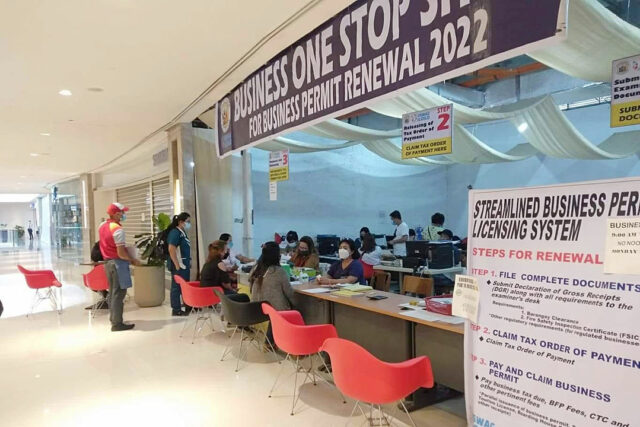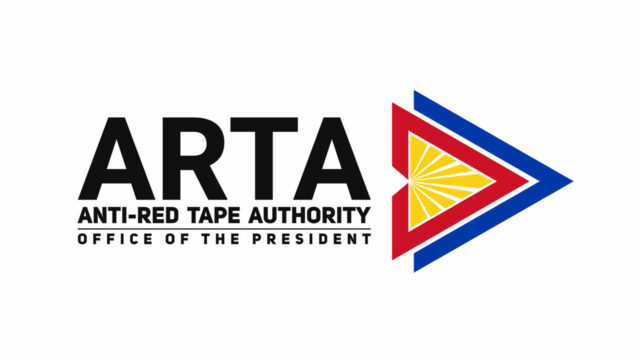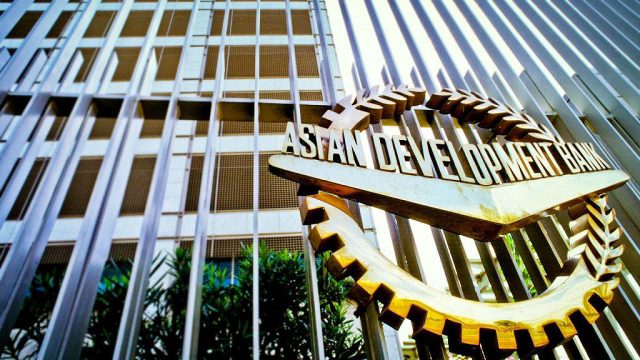One sign that Christmas is just around the corner is when coffee chains begin running their annual year-end sticker campaigns. The schemes involve earning stickers or stamps for every purchase of a beverage. Once patrons have collected a certain number of stamps or stickers, they get to choose from a selection of limited-edition merchandise. However, the redemption periods for these campaigns are normally limited, thereby encouraging customers to purchase more before the deadline.
Just as these year-end campaigns run for only limited periods, so does the National Government’s right to collect taxes. It has a limitation which can either be three years or five years from the date an assessment notice has been released, mailed or sent to the taxpayer by the Bureau of Internal Revenue (BIR). But when do we apply these periods? This was answered by the Supreme Court in G.R. No. 258947 dated March 29, 2022.
In that case, the BIR sent a Formal Assessment Notice (FAN)/Formal Letter of Demand (FLD) in 2014 to the taxpayer assessing the latter for deficiency taxes arising from the taxable year 2010. Six years later (in 2020), the BIR proceeded with collection efforts.
The Court of Tax Appeals (CTA) issued Resolutions cancelling the deficiency tax assessment on the ground of prescription, and enjoined the BIR from collecting the assessed deficiency taxes. The BIR appealed the case to the Supreme Court and alleged that the CTA erred when it dismissed the assessment on account of prescription. The BIR argued that the failure of the taxpayer to file a protest to the FAN/FLD rendered the assessment against the taxpayer already final, executory, and demandable and that the final decision on disputed assessment (FDDA) issued in 2015 effectively served as a collection letter for the satisfaction of deficiency tax liabilities. Thus, BIR’s right to collect the deficiency taxes did not prescribe.
One issue resolved by the Supreme Court was the applicable period of prescription on the BIR’s right to collect taxes (i.e., whether it is three years or five years).
The Supreme Court ruled that the three-year period would apply. Based on the decision, Section 203 of the Tax Code provides the period within which the BIR may assess and collect taxes. Citing jurisprudence, if an assessment is duly issued within the three-year period, the BIR has another three years within which to collect the tax due by distraint, levy, or court proceeding. The Supreme Court held that the five-year period for collection of taxes only applies to assessments issued within the extraordinary period of 10 years in cases of false or fraudulent return or failure to file a return.
Nonetheless, the Court notes that regardless of which period is applied, i.e., five years as determined by the CTA Division or three years as discussed above, the BIR’s collection efforts were already barred by prescription. Since the FAN/FLD was issued in 2014, the BIR effectively only had until 2017 (or 2019) to initiate efforts to collect the tax by distraint, levy, or court proceeding. However, since the BIR only initiated collection efforts in 2020, according to the Supreme Court, the CTA was correct in ruling that prescription had already set in.
Since the Supreme Court decision is deemed part of the Philippine legal system under the doctrine of stare decisis, the author hopes that Congress, by way of an amendatory law, clarifies its intent insofar as the applicable period of prescription for the collection of taxes since Section 203 does not expressly provide for such three-year period to collect. Based on my reading of Section 203, the period pertains to the time frame for the BIR: (1) to make an assessment; and (2) to file a case for collection without an assessment.
Further, while I agree that the five-year period for the collection of taxes applies to assessments issued within the extraordinary period of 10 years (i.e., in cases of false or fraudulent return or failure to file a return), this is not the only instance when the five-year period can apply. Another instance is when the three-year period to assess is extended through the execution of a waiver, as provided in Section 222 subparagraph (d) in relation to subparagraph (b).
From the foregoing, following the Supreme Court’s interpretation of Sections 203 and 222 of the Tax Code, the rules on the prescriptive period for the collection of taxes can be summarized as follows:
1. When the BIR validly issues an assessment within the three-year period under the statute of limitations, it only has another three years within which to collect the tax due by distraint, levy, or court proceeding if the assessment becomes final and executory.
2. By way of exception, when the assessment is issued within the extraordinary period of 10 years (in cases of false or fraudulent return or failure to file a return), the BIR will have a period of five years to collect the deficiency taxes.
3. The five-year period to collect would also apply in instances where the taxpayer and the BIR agree in writing to an extended period for the assessment of taxes (i.e., a waiver was executed before the original period to make an assessment has lapsed).
The period for collection of the assessed tax generally begins to run on the date the assessment notice is released, mailed or sent to the taxpayer.
Whether you are collecting stickers or taxes, the period to do so is not unlimited. As far as taxation is concerned, prescription limits the right of the government to assess and collect taxes. Thus, just as coffee shop patrons aim to complete collecting stickers before the deadline, both taxpayers and revenue authorities should be mindful of the applicable prescriptive periods provided for by law in the assessment and collection of taxes.
The views or opinions expressed in this article are solely those of the author and do not necessarily represent those of Isla Lipana & Co. The content is for general information purposes only, and should not be used as a substitute for specific advice.
Jose Luis M. Yupangco is an assistant manager of the Tax Services department of Isla Lipana & Co., the Philippine member firm of the PwC network.
jose.luis.yupangco@pwc.com












